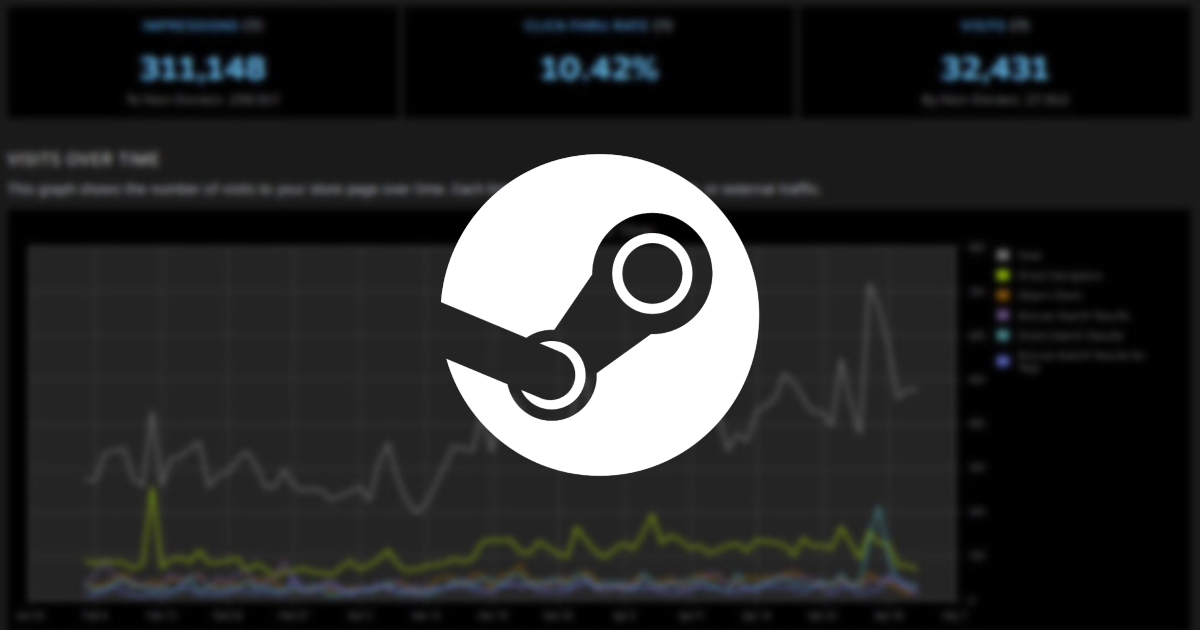Steam has announced major changes to traffic data reporting. The platform will no longer support Google Analytics, instead giving developers more first-party tools.

Why is Steam ending support for Google Analytics?
Valve announced the changes in a blog post on May 15. The main reason for ending support for Google Analytics on Steam is Google’s decision to abandon Universal Analytics (UA) this July.
This standard was introduced in 2012, offering new traffic codes for websites and custom features for more in-depth traffic analysis. However, Google will fully replace UA with Google Analytics 4 (GA4), a new system focused on event-based data.
“Google’s tracking solutions don’t align well with our approach to customer privacy, and so with the migration to GA4 we’ve made the decision to end our support of Google’s analytics systems on Steam,” Valve explained.
Instead, the company will offer its own tools for traffic data reporting that will be directly built into Steam.
How will Steam’s traffic data reporting change?
Updates to the store’s traffic reporting include:
- Geographic breakdown to help devs pick languages for localization or server locations for multiplayer titles;
- Better identification of external sources to provide detailed information on more common domains and other traffic sources.
Steam first introduced UTM traffic tracking in 2021 to help developers see how many people purchased a game or added it to their wishlists during a specific marketing campaign. With the new update, Valve will add a geographic breakdown and the split of device types for each marketing campaign.
On top of that, Steam’s UTM system will soon allow developers to:
- Track cases when players clicked on a UTM link from a website and then opened the page on their Steam desktop app;
- See conversion reports within 24 hours, with the conversion window then lasting for three days;
- Compare the percentage of visits from new versus returning players.
Overall, Valve pointed out that its traffic reporting system will comply with the platform’s privacy policy. “In most cases, it simply means that any traffic sources that are below a threshold of volume will get reported as ‘other,'” the company said. “We intentionally don’t collect or store demographic information about users such as age, gender, or race.”
How did game developers react to the changes?
Although Valve assured that the new traffic reporting system will be as efficient as possible, not all developers reacted positively to the changes (especially those related to Google Analytics).
In the comments to the original post, people noted that Steam just doesn’t provide all the information and data compared to GA. “For example, during some of our larger events we’ve been able to see the traffic surge in real time to understand the reach we’re having,” Inflexion Games head of marketing and publishing Jarrett Lee said. “Delayed reporting seems like a step backwards.”
According to another user, GA was the only way for small publishers to run ads to let players who might like their game find it on Google since the company “uses analytics on who buys to find others with the same interest” and has “minimum daily spend limits on running full search ads.”
“Steam is literally in the last century when we talk about traffic and advertising,” one developer commented, assuming that Valve might be working on launching an advertising account within its platform.
